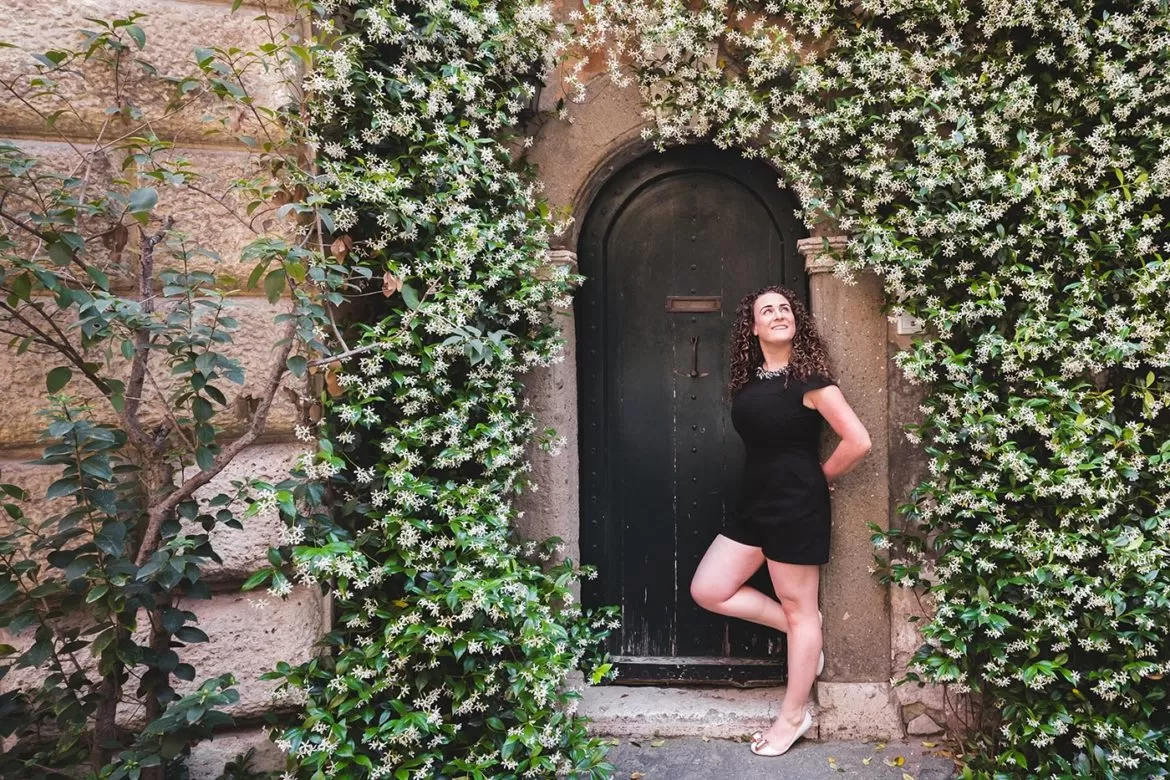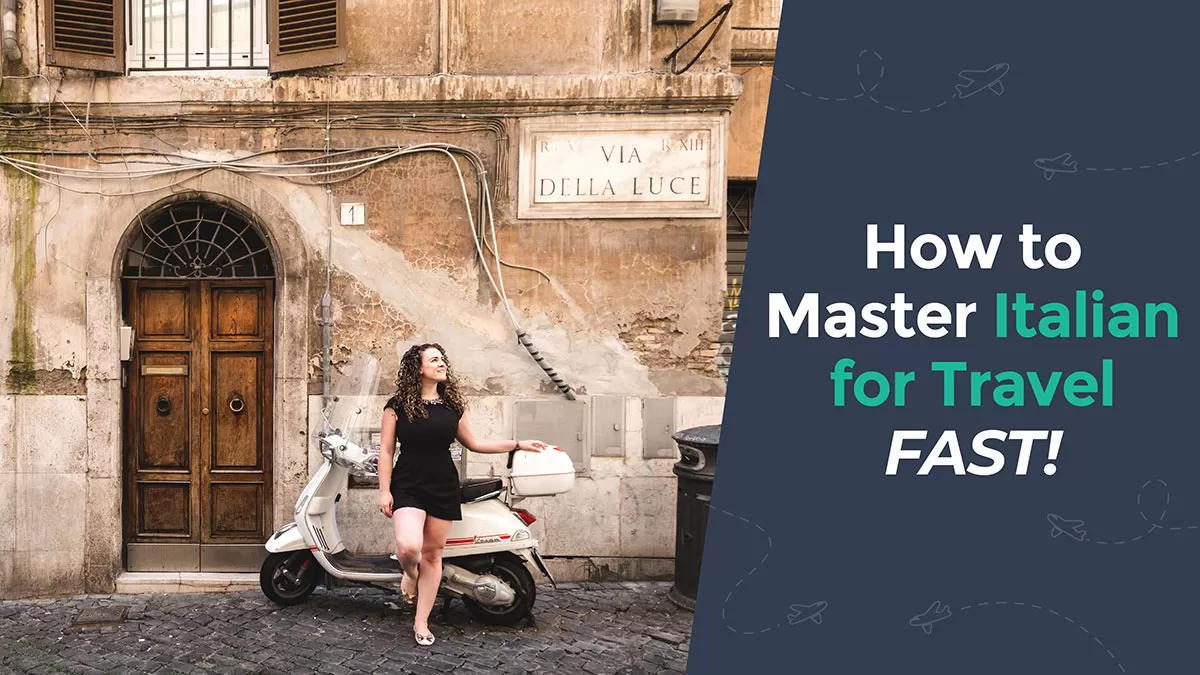When it comes to travel, knowing even just a little bit of the local language can go a LONG way. This step-by-step method will guide you through how to learn essential travel phrases simply and easily with the help of reusable building blocks.
We all love to travel, but no one talks about the importance of speaking the local language when we travel to foreign countries. This is surprising to me since it’s such a big part of travel. We go abroad to see beautiful places, try new cuisines, but there’s nothing like communicating with the locals and learning from them. Even learning to use just a few keywords and phrases can do wonders for enhancing your travel experiences. It’s a great way to show respect and make a good first impression.
This is why I not only write detailed destinations guides and produce informative videos, I also create free travel phrase guides to help travellers get the most out of their experiences.
So much of a place and its history is wrapped up in the people who inhabit it and through them, the language they speak. We can see this evidenced in idiomatic expressions like the German idiom “eine Extrawurst haben”, (literally, to ask for an extra sausage meaning to ask for special treatment) or in a simple greeting.
For example, before I visited Egypt I wanted to learn some Arabic greetings along with some other basic sentences. Pretty quickly, I found out that in Arabic, when you say “see you soon to someone,'” the reply isn’t “Yes, see you soon”, it’s “inshallah”. This literally translates to, “God willing”, or “if God wills it”. The speaker is saying, “yes, I hope to see you again, but it’s up to God if we will”. This phrase comes from a Quranic command which Muslims use when speaking about future events. Just by learning this simple phrase, you gain a lot of insight into how significant a role religion plays in the Muslim and Arabic speaking culture.
You don’t need to be fluent to make a difference, it’s amazing how knowing even a little bit of the local language can go a long way. Just by showing that you’ve made an effort to learn some of the local language brings out the best in people.
It all begins with how to greet someone. Whether you’re in Norway or the Netherlands (two countries where English is spoken very well by its natives), you should always greet people in their native language. This is a great ice-breaker because you’ve just shown the receiver that you respect them enough to have made the effort to learn their language. There’s no telling where your conversation will lead from here.
For example, during one night out at dinner in Palermo, I was with 5 of my closest my English speaking friends who all spoke various levels of Italian. At a table across from us was a young family. They were so interested in us that after a brief conversation all in Italian, they invited us to their home for afternoon tea the next day! This couldn’t have happened if we weren’t able to speak Italian.
You don’t need to be fluent in a language to have unique interactions such as these, but you can be fluent enough for travel. This is what we’ll be discussing today. In the following steps, I’ll share with you a simple formula to help you learn how to create your own phrases when traveling abroad without needing to memorising long phrases from a travel phrase book.
What is Travel Fluent?
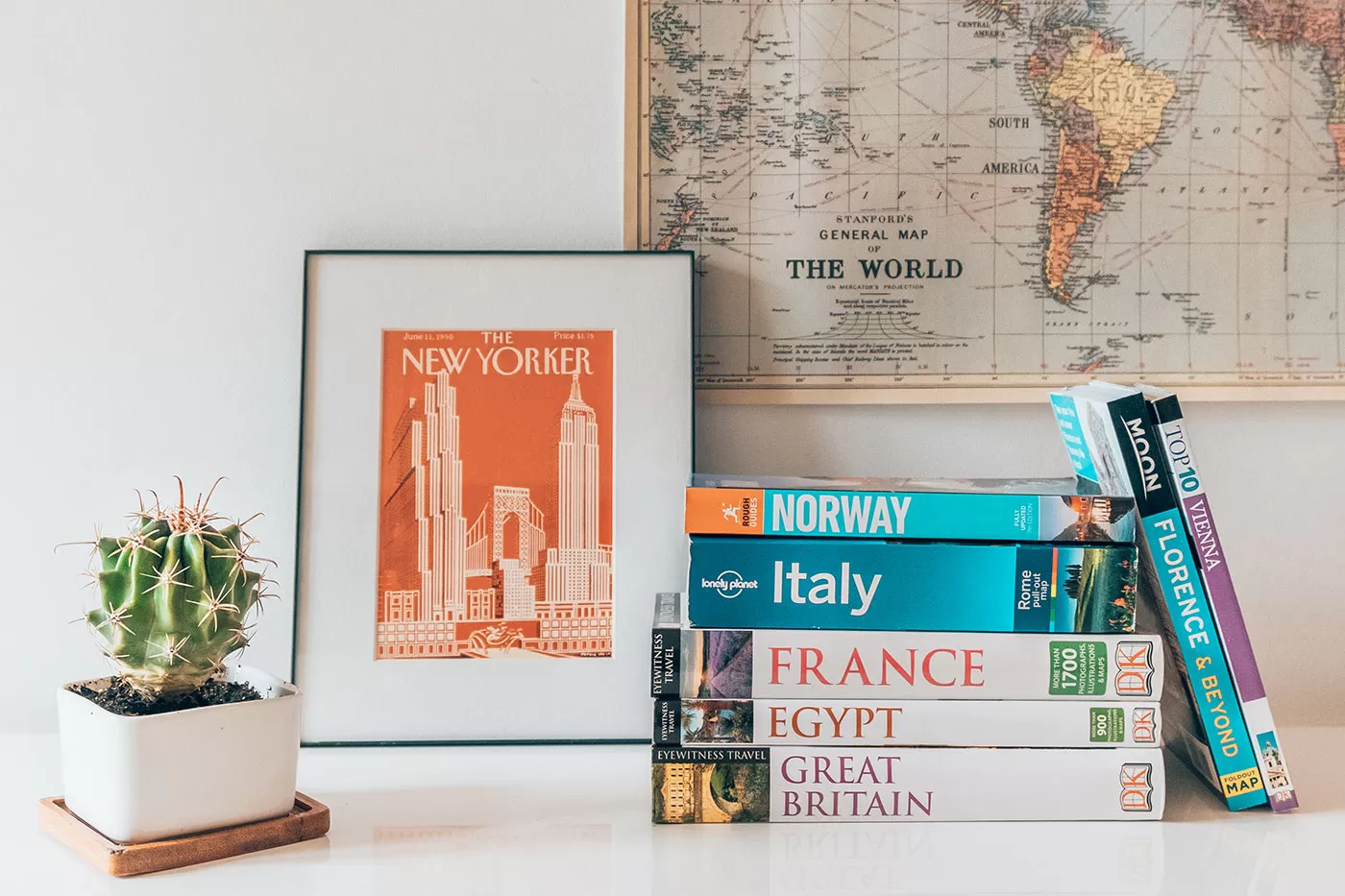 Being travel fluent means you’re familiar with enough of the language in order to get by in various travel-related situations. From knowing how to tell the taxi driver your hotel address to ordering a vegetarian meal at a restaurant. Travel fluency is knowing what to say, how to ask questions, and how to reply appropriately.
Being travel fluent means you’re familiar with enough of the language in order to get by in various travel-related situations. From knowing how to tell the taxi driver your hotel address to ordering a vegetarian meal at a restaurant. Travel fluency is knowing what to say, how to ask questions, and how to reply appropriately.
Your grammar isn’t perfect and you definitely don’t know everything by heart, but with the right building blocks, a smile, and a gesture or two, you’re fluent for travel.
The vocabulary you need will differ depending on if you hire a car and drive about the remote Lofoten Islands in Norway than if you’re popping over to Rome for the weekend. But that’s ok. The formula I’ll be sharing with you is flexible. It gives you the building blocks so that you can use and reuse them on any kind of trip you take.
Once you implement what you’ve learned, you’ll see how enjoyable it is to communicate with others in their language. Who knows, it may even inspire you to learn the language more seriously.
How to be Fluent for Travel in 10 Simple Steps
Step 1. Use the 80/20 rule
The Pareto Principle (also known as the 80/20 rule) states that 80% of the results in any endeavour come from 20% of the input, material, or effort.
This principle was coined by Management consultant, Joseph M. Juran and named after the Italian economist, Vilfredo Pareto who in 1896 showed that approximately 80% of the land in Italy was owned by 20% of the population.
The Pareto Principle can be applied to any aspect of your life. It even works for language learning too!
Think about this.
Do you know every single word in the English dictionary? Of course not! Does the fact that you don’t prevent you from having a conversation with English speakers? No!
When it comes to travel, the same is true. You can have an even smaller and targeted vocabulary and still have meaningful conversations.
You don’t need to learn how to express your political views, articulate your thoughts about the origin of the universe, or even know how to say what your favourite colour is because these aren’t common topics you’ll be discussing with people as a traveller.
If you adopt the 80/20 rule and apply it to language learning for travel purposes, you’re forced to focus on and choose only what you need to learn based on the likelihood and frequency in which you’ll need to use it.
For example, what percentage of time in any given trip do you think you’ll need to ask how much something costs, where the bathroom is, or placing an order at a restaurant? I’d say 80% of the time, wouldn’t you?
Think about the 20% of vocabulary in your target language that you’ll need in order to respond to 80% of the situations you’ll find yourself in. What things will you need to know how to say? The answer to this question is exactly what I include and how I teach languages in my Intrepid Languages courses – using the 80/20 method.
In the following steps, we’ll take a look at how you can break this down even further and use building blocks to form your own unique phrases and questions.
Step 2. Master Modal verbs
Wouldn’t it be great if you could start speaking your target language without having to learn a bunch of grammar or memorise long phrases? Wouldn’t it be great if you could easily create your own phrases just by using a few keywords? Well, you can!
Modal verbs are a language learner’s best friend. They give you loads of flexibility for the minimum amount of work it takes to learn them.
If you’re not familiar with the term, the most commonly used modal verbs in English are can, could, may, might, must, will, would, shall, should, ought to, have to, and need.
By learning how to use the equivalent of these modal verbs in your target language, you’re already half-way to creating your own unique phrases really easily and quickly.
You don’t need to learn every modal verb listed above either. If you can master the verbs could (be able to), want (want to), and must (to have to, ought to) that’s enough to cover your bases. In order to find modal verbs in your target language, a simple Google search will do the trick.
The reason why modal verbs are so powerful is because you only need to learn how to conjugate these three verbs, instead of countless others.
How do modal verbs work?
Modal verbs allow you to create a phrase by placing an infinitive verb after any conjugated modal verbs. Conjugating verbs isn’t a very sexy term and it’s usually something many students dread. Simply put, you conjugate verbs in order to communicate one or more of the following: person, number, gender, tense, aspect, mood, or voice.
To learn these 3 key modal verbs, start by learning the basic structure of how they’re used in a sentence. This is what the formula looks like:
Conjugated Modal Verb + Infinitive Verb + Noun
Since Pareto’s Principle was inspired by an Italian, let’s use the Italian language as an example of how you can be fluent for travel whilst travelling in Italy.
Since the Italian modal verb could (be able to) is potere, the conjugation of potere looks like this:
- (io) posso – I can
- (tu) puoi – you can
- (Lei) / (lui) / (lei) può – You (formal)/he/she can
- (noi) possiamo – we can
- (voi) potete – you can (plural)
- (loro) possono – they can
The Italian modal verb for want, or want to is volere. The conjugation of volere looks like this:
- (io) voglio – I want
- (tu) vuoi – you want
- (Lei) / (lui) / (lei) vuole – You (formal)/he/she want/s
- (noi) vogliamo – we want
- (voi) volete – you want
- (loro) vogliono – they want
The Italian modal verb for to have to, ought to, or must is dovere. The conjugation of dovere looks like this:
- (io) devo – I must
- (tu) devi – you must
- (Lei) / (lui) / (lei) deve – You (formal)/he/she must
- (noi) dobbiamo – we must
- (voi) dovete – you must
- (loro) devono – they must
Once you learn these three versatile modal verbs you’ll use them to form the first part of any question you ask or response you give.
Step 3. Learn your top 10 verbs for travel
Now let’s focus on the second part of the formula covered above – infinitive verbs. If you never learned grammar in school and have no idea what a verb is, then all you need to know is that it’s any word you can place the word ‘to’ in front of. For example, to go, to eat, to sleep, to find….you get the idea.
When it comes to travel, there are certain questions and things you’ll need to say repeatedly. Below is a list of the most useful verbs for travel that I recommend you learn in your target language along with examples of how they can be used in various situations. Of course, you can add more than 10 or swap out any of them for different verbs. I’ve kept this list to 10 as it makes things more manageable and less overwhelming to learn.
Top 10 verbs for travel
- Take → Prendere (eg. Can I take a bus /taxi/train there?)
- Go → Andare (eg. I want to go to the airport/museum/Colosseum…)
- Eat → Mangiare (eg. I cannot eat meat)
- Order → Ordinare (eg. May/can I order now?)
- Have → Avere (eg. May/can I have a menu? )
- Buy → Comprare (eg. I want to buy…)
- Pay → Pagare (eg. Can I pay by credit card?)
- Find → Trovare (eg. Where can I find the train station?)
- Speak → Parlare (eg. Can you speak English?)
- Understand → Capire (eg. I cannot understand Italian)
Let’s bring it all together. Using what you’ve learned and following the formula above, we can create sentences such as:
Voglio andare ….
I want to go ….
Possiamo comprare…
Can we buy…
Dobbiamo andare ….
We have to go …
Action:
Choose the 10 most useful verbs you’re most likely going to need and use on your trip.
Step 4. Learn your top 10 Nouns for travel
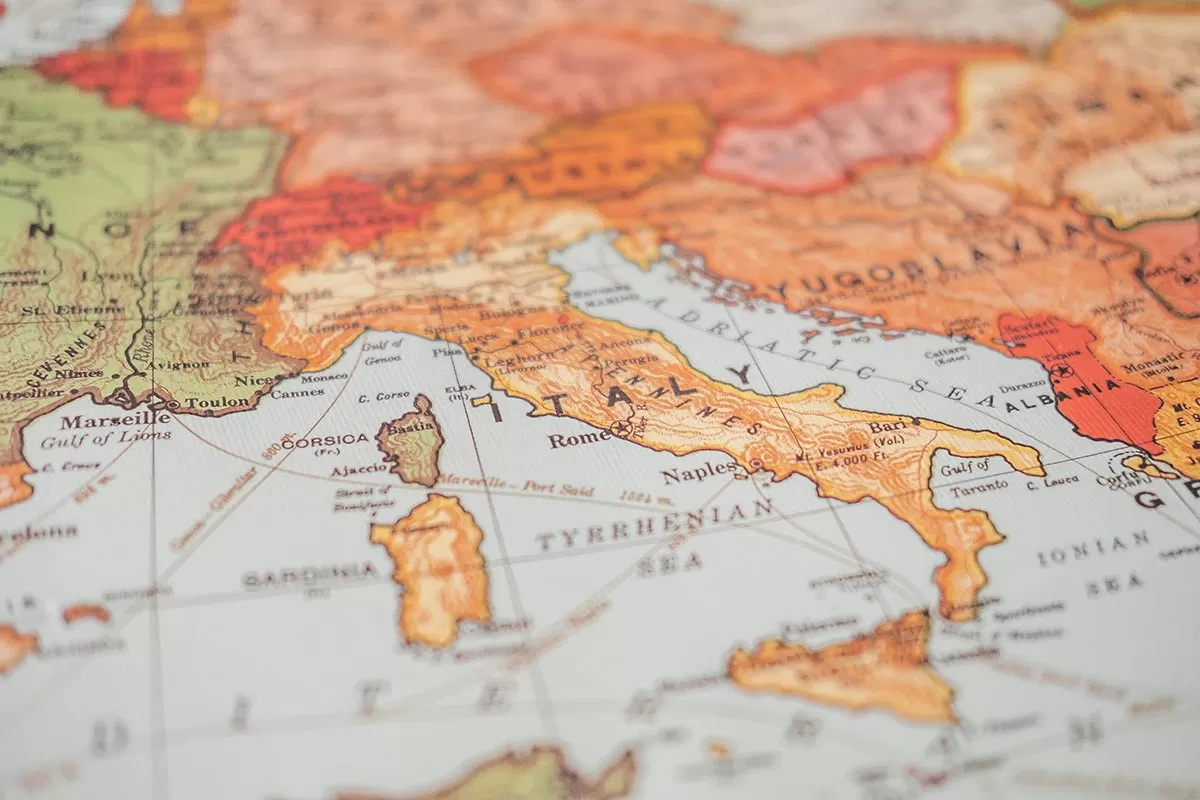 Just like we did in step 3, we need to identify which nouns you’re going to use frequently. As a general rule of thumb, a noun is a word you can place the word a (an) or the in front of. For example, the Colosseum, a restaurant, the airport, a market.
Just like we did in step 3, we need to identify which nouns you’re going to use frequently. As a general rule of thumb, a noun is a word you can place the word a (an) or the in front of. For example, the Colosseum, a restaurant, the airport, a market.
Below is a list of useful nouns to know and their Italian prepositions. Don’t worry too much about how prepositions work as this will overcomplicate what you’re trying to do here, which is to communicate effectively, not perfectly.
The nouns you choose to put in your list are entirely up to you. For example, you may not be vegetarian and decide to remove this word from your list.
Top 10 nouns for travel
- the/a ticket / two tickets → il/un biglietto / due biglietti
- to/the/a bathroom → al/il/un bagno
- Italian (Learn how to say the name of the language in its native form) → l’Italiano
- to the/the/a bank → alla/la/una banca
- to the/the/a train station → alla/la/una stazione ferroviaria
- to the/the airport → all’/l’aeroporto
- Il/un pullman/bus → the/a bus
- vegetarian (male/female) → vegetariano/a
- the/a receipt → la/una ricevuta
- the change → il resto
Let’s bring it all together. Using what you’ve learned in the past 3 steps we can use the formula Conjugated Modal Verb + Infinitive Verb + Noun to create sentences such as:
Voglio andare al bagno
I want to go to the bathroom
Possiamo comprare due biglietti, per favore?
Can we buy two tickets, please?
Dobbiamo andare all’aeroporto
We have to go to the airport
Action:
Choose the 10 most useful nouns you’re most likely going to need and use on your trip.
Here’s everything you need to know Italian prepositions plus tonnes of examples.
Step 5. Learn your top 10 Adjectives for travel
For shorter sentences where you want to express your opinion or the state of something, you can use ‘it is’ (è) followed by the adjective. An adjective is a word where you can place is, am or are in front of it. For example, is big, are beautiful.
If you want to emphasise these adjectives, you can use ‘very’ (molto) or ‘too’ (troppo) in front of the adjective.
Top 10 adjectives for travel
- Big → grande (eg. è grande)
- Small → piccolo (eg. è troppo piccolo)
- Expensive → caro (eg. è troppo caro)
- Beautiful → bello (eg. è molto bello)
- Nice → carino (eg. è carino)
- Good/well → buono/bene (eg. è molto buono/bene)
- Interesting → interessante (eg. è interessante)
- Open → aperto (eg. è aperto?)
- Closed → chiuso (eg. è chiuso?)
- Perfect → perfetto (eg. è perfetto!)
Action:
Choose the 10 most useful adjectives you’re most likely to need on your trip.
Step 6. Learn how to use question words
While you can turn a modal verb phrase into a question just by adding an inflection at the end of the phrase, you can also use question words. Here are the most useful questions words to learn:
- Where? → Dove?
- Where is? → Dov’è?
- Who? → Chi?
- When? → Quando?
- What? → Cosa? / Che cosa?
- How? → Come?
- How much? → Quanto
- How much is? → Quant’è?
- Why? → Perché?
Question words can also be paired with modal verbs, for example.
Where can I find the train station?
Dove posso trovare la stazione ferroviaria?
How much must I pay?
Quanto devo pagare?
When do you want to go?
Quando vuoi andare?
Action:
Practice forming sentences using question words followed by modal verbs.
Step 7. Learn your biography, greetings and pleasantries
As part of your travels there will be moments where you’ll have more meaningful conversations outside of the general day-to-day getting around and survival phrases we’ve already covered.
During my encounter in that restaurant in Palermo, I didn’t use modal verbs to get to know the family across the table from us, I used common Italian greetings and told them a bit about myself. I told them my biography.
Learning your biography is a great hack because your background never changes. Once you learn it, you’ll barely need to change it. The most important and reusable set of vocabulary you will ever learn is all about you, funnily enough.
Every time you meet someone new, what do you do? You introduce yourself, you may talk about your job, where you’re from and why you’re learning the language. By focusing on learning your biography you’ll not only be able to comfortably hold your first 15-minute conversation but it will build up some much-needed confidence in speaking the language.
Again, you don’t need to overthink this and learn too much. Here are some key phrases to focus on.
- My name is… → Mi chiamo…
- I come from…[learn how to say your country name] → Vengo da…
- I’m a… [learn how to say your profession] → Sono…
- I can’t speak [insert language] very well → Non so parlare…
Start your journey to biography fluency with my travel phrase guides. I’m constantly adding to the list but, so far there is Afrikaans, Arabic, Basque, Bulgarian, Catalan, Czech, Danish, Dutch, Flemish Dutch, Finnish, French, German, Swiss-German, Greek, Hebrew, Hindi, Icelandic, Irish, Italian, Portuguese, Norwegian, Spanish, Latin American Spanish, Scots, Swedish, Thai, Vietnamese.
Also, try doing a Google Search on introductions then refer to an online language dictionary for any missing vocabulary.
When it comes to greetings and pleasantries, stick with the basics and always focus on learning the formal option (if available) to be respectful.
Top 10 greetings and pleasantries for travel
- Hello → Salve
- Good morning → buongiorno
- Good evening → buonasera
- Goodbye → Arrivederci
- How are you? – Come sta?
- I’m well, and you? – Bene, e Lei?
- Thank you → Grazie
- Please → Per favore
- You’re welcome → Prego
- It’s a pleasure to meet you → è un piacere conoscerLa
Step 8. Bring it all together
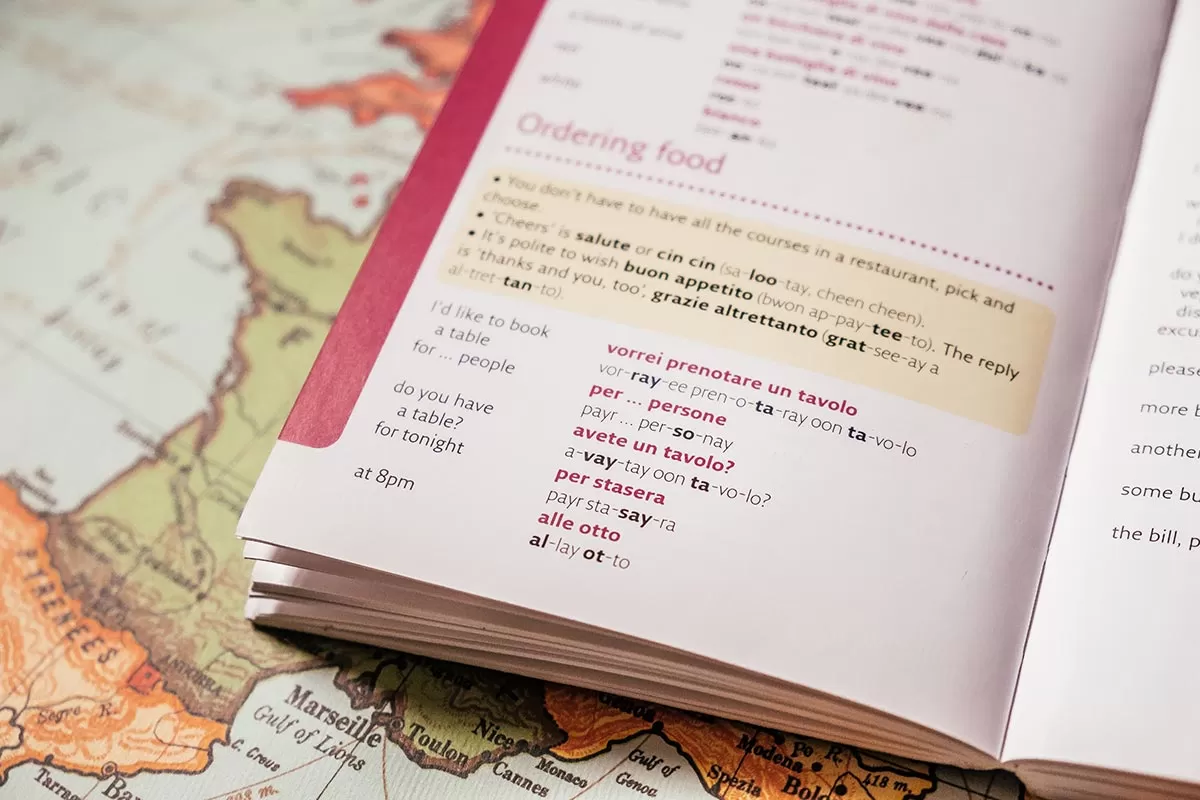 Now that you have learned the basic building blocks, it’s up to you to decide which verbs, adjectives, and nouns you want to learn. You can start with the ones outlined above or you can change this depending on your needs. If you haven’t done so already, do a Google search and start collecting all the words and phrases you want to learn
Now that you have learned the basic building blocks, it’s up to you to decide which verbs, adjectives, and nouns you want to learn. You can start with the ones outlined above or you can change this depending on your needs. If you haven’t done so already, do a Google search and start collecting all the words and phrases you want to learn
With a pen and paper, write down all your chosen verbs, adjectives, nouns, modal verbs, questions words, greetings, pleasantries, and biography. The reason why I suggest you physically write it all down and not jump in Google Docs straight away is that it improves your memory.
Related: 10 Proven Memory Hacks: How to Remember New Vocabulary Faster
Once you have gathered everything, start to form your own phrases and questions using the formula above. Again write this down by hand. Write down as many as you can. Do this until you feel comfortable that you won’t forget the structure. Now put everything in a Google Doc to refer back to it ahead of and during your trip.
Once this framework has been transferred to your long-term memory, remembering vocabulary is just a matter of learning by spaced repetition.
Step 9. Practice and revise before you fly
At this point, you know what you need to do, you just need to practice! Use spaced repetition apps like Quizlet to help you review and retain what you’ve learned. On top of that, also practicing saying things out loud, this is another great way to improve your memory when you hear your own voice say the words.
I recommend studying on a regular basis at least one week ahead of your trip so you’ll be travel fluent before you fly. Aim to squeeze in 10-15 minutes of uninterrupted study time every day at a time where you’re most alert.
Don’t worry about not being able to remember it all, you’re learning more than most other people do so you should be very proud of yourself.
Want more? Check out my guide on top-rated languages tools and apps.
Step 10. Bon voyage!
Once you arrive at your final destination, start putting into practice what you know. Start small with greetings then build up to asking questions as you gain more confidence.
Remember, have fun with the language. Don’t be afraid to ask people to repeat themselves or to speak slower so you can understand them. Smile and when in doubt refer to your notes, use gestures, or refer to Google Translate.
Watch the video
BONUS Tip: Learn languages with me, The Intrepid Guide!
Travelling aboard? Don’t be treated like a tourist! Live your best travel experiences and learn the local for less than the cost of eating at a tourist trap restaurant or a taxi driver who has “taken you for a ride”. I’ve made it even easier for you to master the local language so you can create lifelong memories as you mingle with locals, get local tips, avoid tourist traps, and make new friends. Who knows you, you may even be invited over for afternoon tea by a lovely Sicilian family, like I was! Read all about how speaking Italian changed my life and check out The Intrepid Guide languages courses here.
Here’s what my students are saying:

I really enjoyed the Master Italian for Travel FAST course, it certainly exceeded my expectations. The learning methodology is great, and easy to follow and found that I progressed much faster in the last 4 weeks than I ever did on my own or using other language apps. Grazie mille Michele, I can’t wait until I can put my new skills into action! – Roma Small
Click here for instant access!
Want more? Read my other popular Language Guides
- How to Learn Languages Like Crazy, Even If You Have a Crazy Life [3-Step Method]
- 10 Proven Memory Hacks: How to Remember New Vocabulary Faster
- How to Get Fluent: 9 Reasons You’re Not Fluent…YET! [& What To Do Instead]
- 10 Pro Tips: How to Learn a Language with a Full-Time Job
- How to Order Food & Drinks in Italian [Italian for Beginners]
- 203 Most Beautiful Untranslatable Words from Around the World: The Ultimate List A-Z
- 44 Best Movies on Disney Plus for Learning Languages
- 6 Language Learning Tips: How to Learn a Language from Home
- What Type of Language Learner Are You? Your 4-Step Personalised Learning Plan
- 7 Reasons Why You Should Go on a Language Holiday
- How to Learn Your First Foreign Language in 8 Simple Steps: A Beginner’s Guide
- 20 Best Language Learning Tools & Apps You Should Use in 2020
- 13 Ways to Seamlessly Integrate Language Learning into Your Daily Life
- 11 Life-Changing Reasons Why You Should Learn a Language
- 23 Cool Gift for Language Learners They Will Actually Use and Love
- 42 beautiful Inspirational Quotes for Language Learners
- Language learning tips: 11 Polyglots Reveal The Secrets of Their Success
- Top 10 Best Ways to Learn a Language Better and Faster
- How to Learn Italian Before Your Trip
- Language Learning Tips for Anyone Who’s Ever Doubted Themselves
- Free Travel Phrase Guides
- How a ‘Potato’ improved my French Pronunciation
- How Many Languages are there in the World?
- Hilarious Idiomatic Expressions that Will Brighten Your Day
- How to Master Common Italian Phrases for Travel (Like a Local!)
- Mondly Review: 10 Ways Mondly Drastically Improved My Language Learning
- 78 FREE Dictionaries to Learn a Language Fast [Free eBook Download]
- 22 KEY Travel Phrases That Will Transform Your Travels [Free Guide]
Like it? Pin it for later!
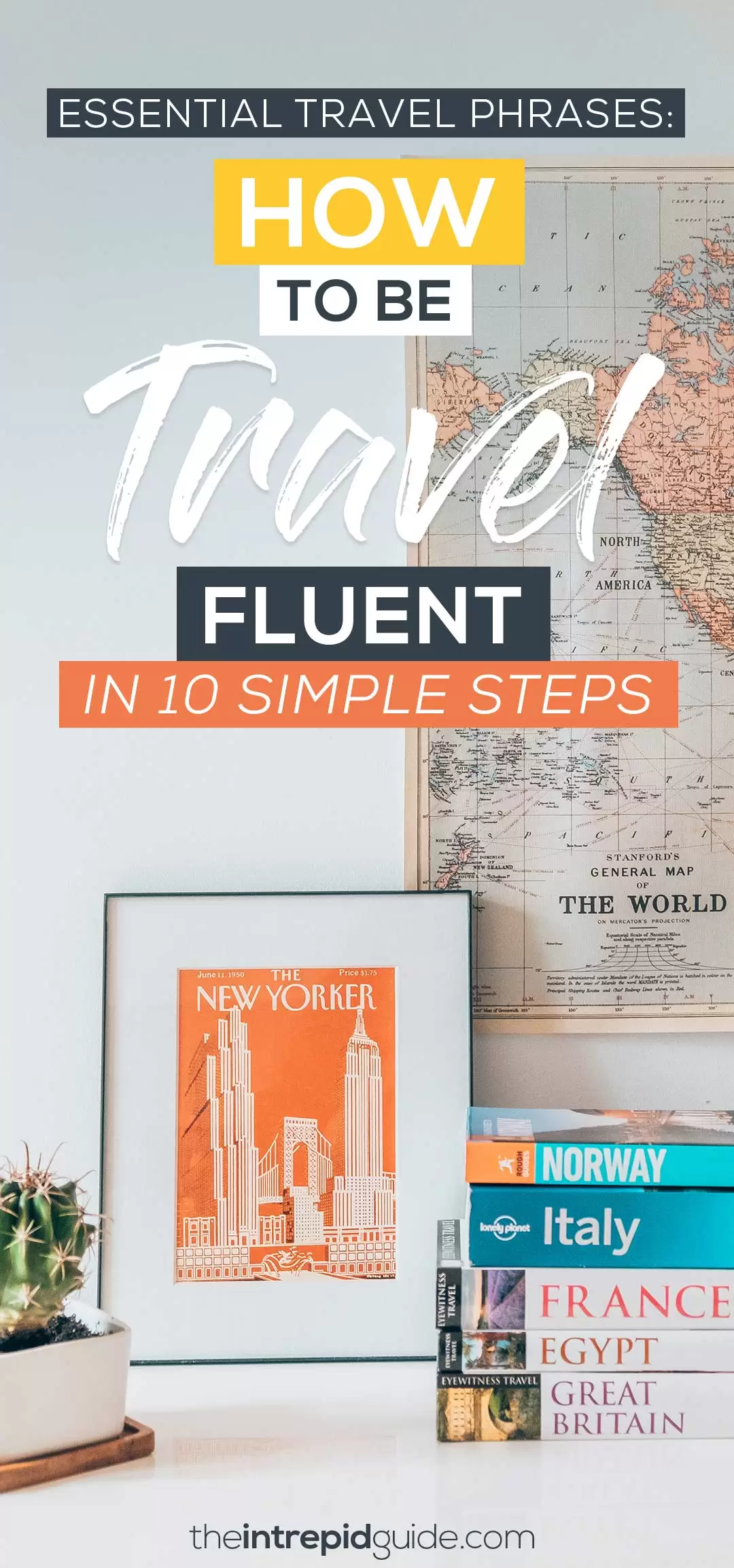
Over to you!
Where are you travelling to next? Which language do you want to learn? Got a question about this method?
Let me know using the comments section below or join me on social media to start a conversation.
Thanks for reading and I hope you enjoyed this post.
Like what you see? Subscribe using the form below to have all of my posts delivered directly to your email.

